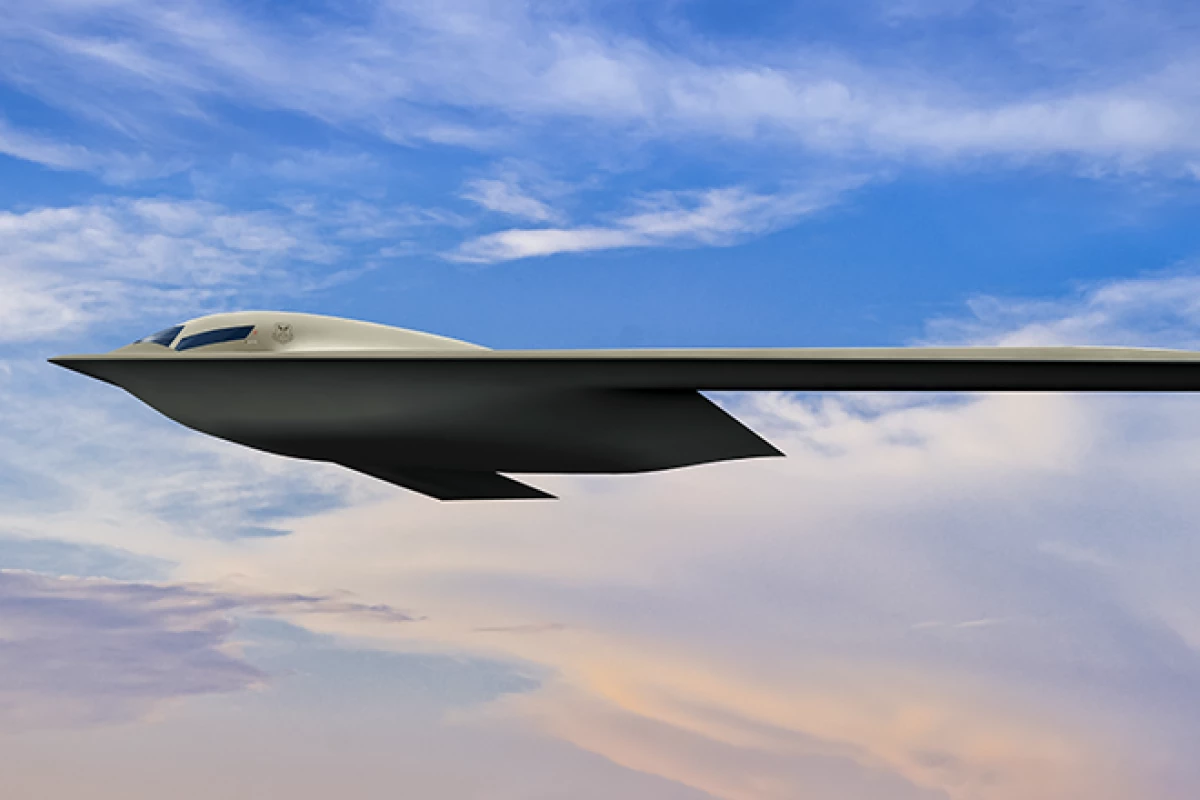Preparing for its first flight in 2023, Northrop Grumman has subjected a prototype of its B-21 Raider nuclear bomber to its first loads calibration test to verify the airframe's structural integrity as it moves through production to flight readiness.
First begun in 2014, the B-21 program is tasked with producing a replacement for the US Air Force's fleets of B-52 Stratofortress, B-1 Lancer, and B-2 Spirit bombers as both the third leg of America's nuclear deterrent triad and as a heavy conventional bomber. Not much is publicly known about the specifics of the B-21, but it is designed for a high degree of stealth, can fly at subsonic speeds, and will be much cheaper and easier to maintain than the B-2.
The latest tests are aimed at fulfilling one of three conditions necessary for the B-21 to proceed with ground testing. In addition to structural integrity, the load tests also calibrated the instruments used to monitor the aircraft during the production phases.
During the load tests, the airframe was subjected to varying degrees of stress so that it will be confirmed as ready for ground and flight testing as it rolls off the production line. In this way, the B-21 can move from testing to manufacturing with minimum delay.
According to Northrop Grumman, the ground testing will also include powering up the bomber, testing its flight subsystems, and applying the special radar-absorbing coatings and paint. It will then move on to low- and high-speed taxing tests before its first flight.
Six prototypes of the B-21 are currently under assembly and the formal rollout of the first aircraft is scheduled for this year.
"The B-21 test aircraft is the most production-representative aircraft, both structurally and in its mission systems, at this point in a program, that I’ve observed in my career," said Randy Walden, director of the Department of the Air Force Rapid Capabilities Office and program executive officer of the B-21 Raider program.
Source: Northrop Grumman





